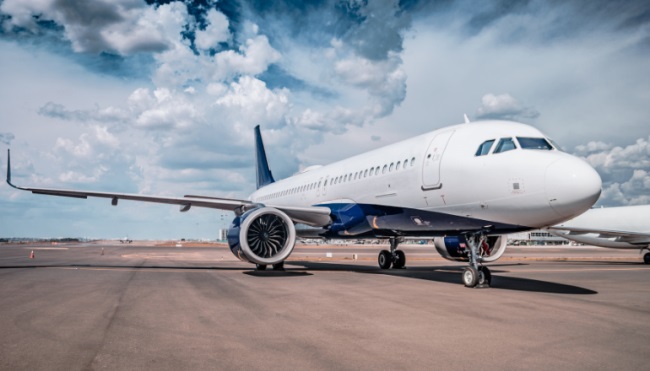In the realm of aviation, aircraft leasing has emerged as a popular and cost-effective option for both airlines and businesses. Whether you’re a startup airline looking to expand your fleet or a corporation needing temporary air transportation solutions, aircraft leasing offers flexibility, affordability, and convenience.
In this article, we’ll explore the ins and outs of aircraft leasing, covering everything from the benefits and considerations to the different types of leases available.
Understanding Aircraft Leasing
Aircraft leasing is a process where an airline or company rents an aircraft from a leasing company rather than purchasing it outright. It allows lessees to access aircraft without the hefty upfront costs associated with ownership, making it an attractive option for those looking to conserve capital or test new markets.
Benefits of Aircraft Leasing
-
Cost Savings: Leasing an aircraft eliminates the need for a huge upfront investment, allowing lessees to preserve capital for other business operations.
-
Flexibility: Leasing offers flexibility in fleet management, allowing airlines to adjust their fleet size and composition according to changing market demands.
-
Access to Newer Aircraft: Leasing companies often maintain fleets of modern aircraft, providing lessees with access to the latest technology and fuel-efficient models.
-
Reduced Risk: Leasing mitigates the risk associated with aircraft ownership, such as depreciation, maintenance costs, and residual value fluctuations.
Considerations Before Leasing
-
Lease Term: Consider the duration of the lease term and whether it aligns with your operational needs and long-term strategy.
-
Maintenance Provisions: Review the maintenance provisions outlined in the lease agreement, including who is responsible for maintenance costs and downtime.
-
Financial Terms: Evaluate the financial terms of the lease, including monthly payments, security deposits, and escalation clauses.
-
Regulatory Compliance: Ensure the leased aircraft complies with all applicable regulatory requirements and safety standards.
Types of Aircraft Leases
-
Operating Lease: An operating lease typically has a shorter term and lower monthly payments than a finance lease. At the end of the lease term, the aircraft gets returned to the lessor.
-
Finance Lease: A finance lease functions more like a loan, with the lessee assuming most of the risks and rewards of ownership. At the end of the lease term, the lessee may have the option to purchase the aircraft at a predetermined price.
-
Wet Lease: A wet lease involves leasing an aircraft with crew, maintenance, and insurance (ACMI). This option provides a turnkey solution for short-term or seasonal needs.
Conclusion
Aircraft leasing offers several benefits for airlines and businesses seeking cost-effective and flexible air transportation solutions. By carefully considering the various lease options, evaluating lease terms, and understanding the associated risks and rewards, lessees can make informed decisions that align with their operational and financial objectives.
Whether you’re looking to expand your fleet, enter new markets, or temporarily supplement your air transportation needs, aircraft leasing provides a versatile and efficient solution that allows you to soar to new heights of success in the competitive aviation industry.


